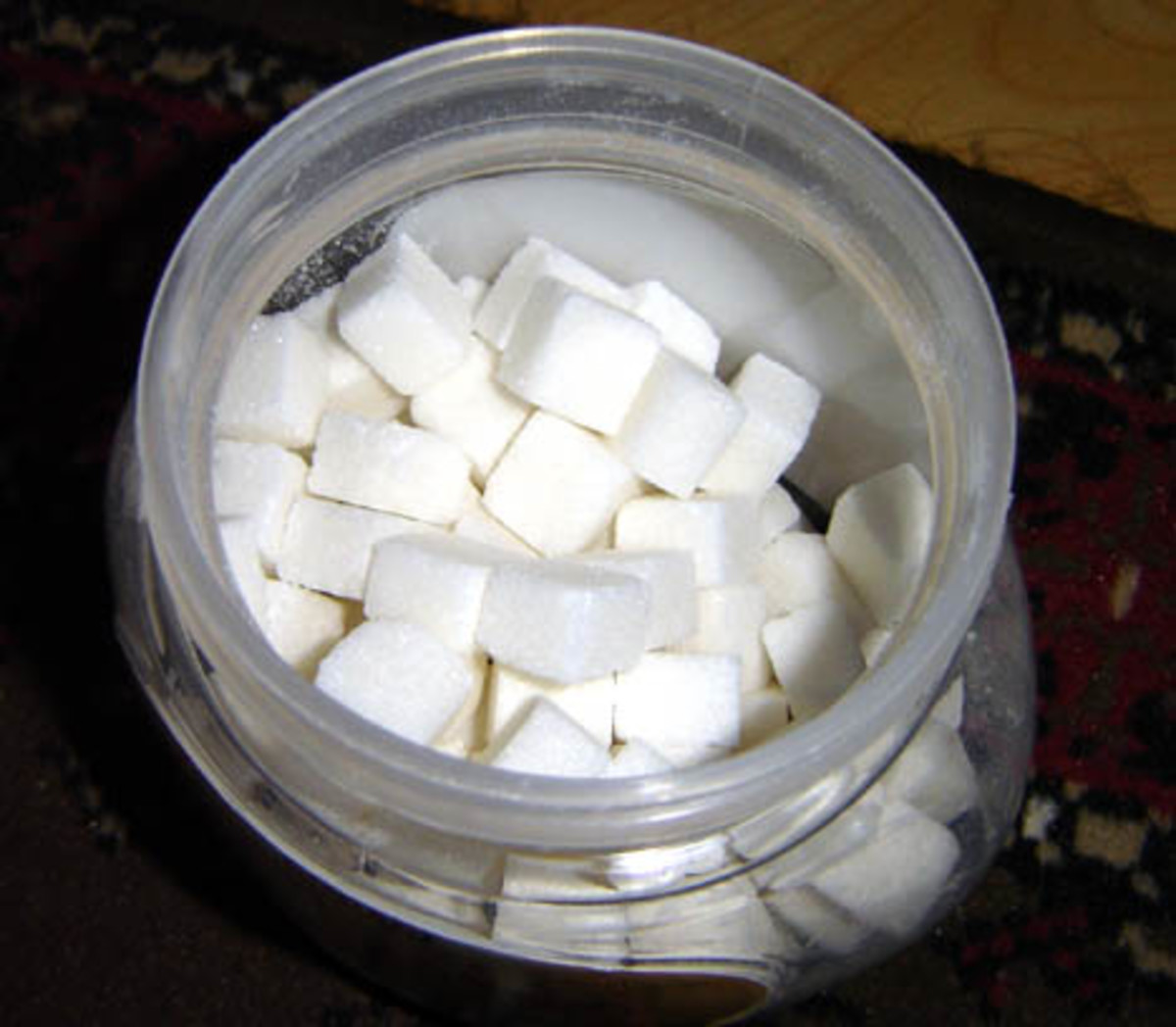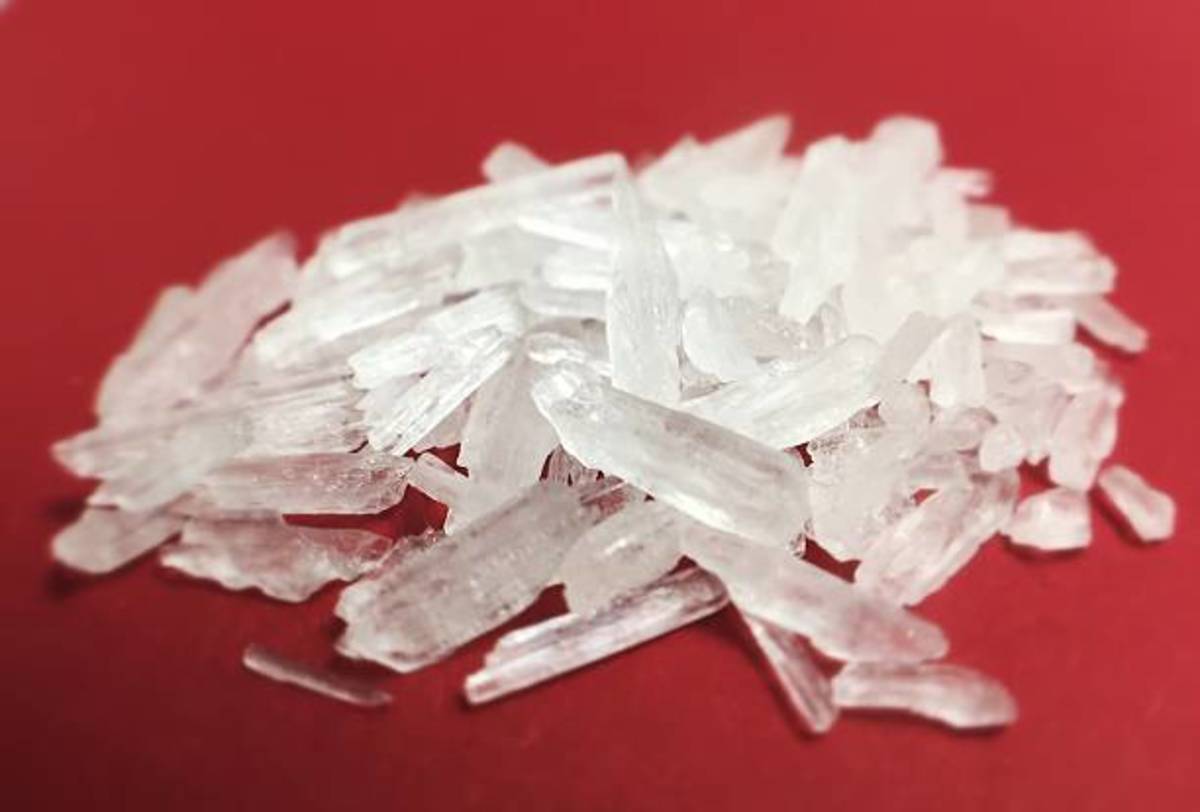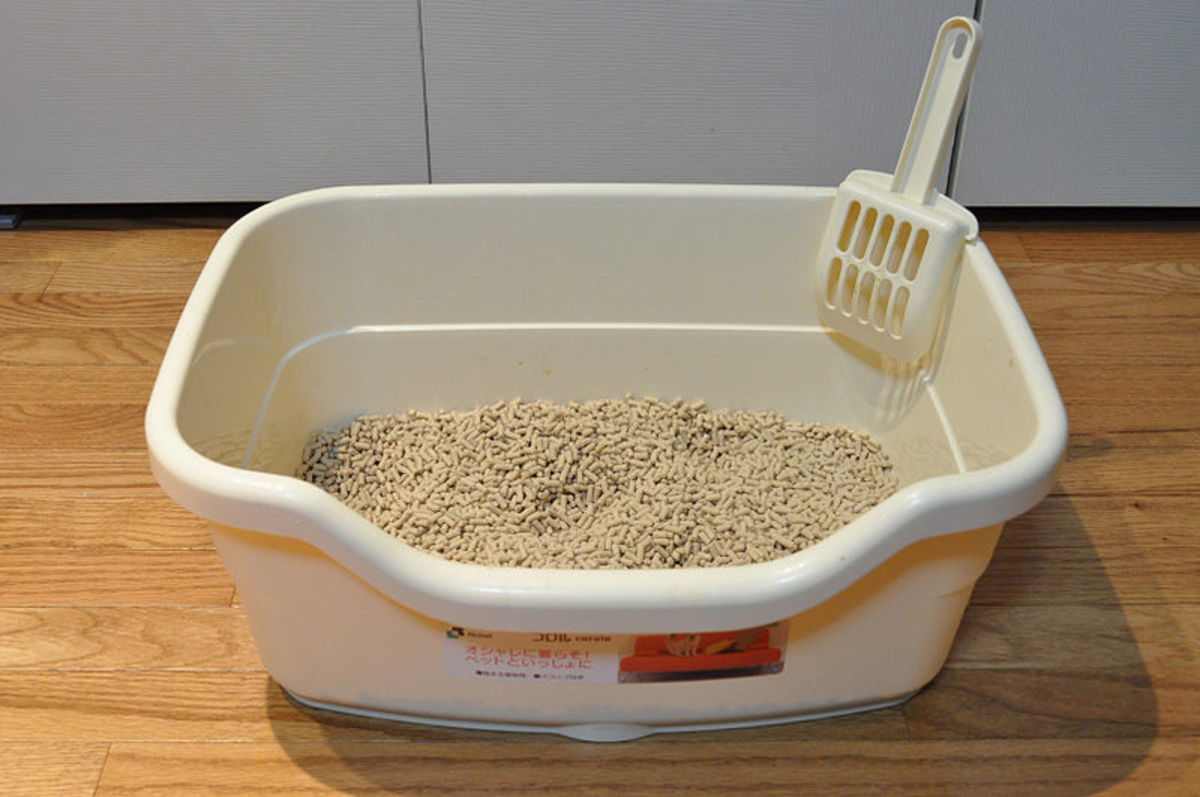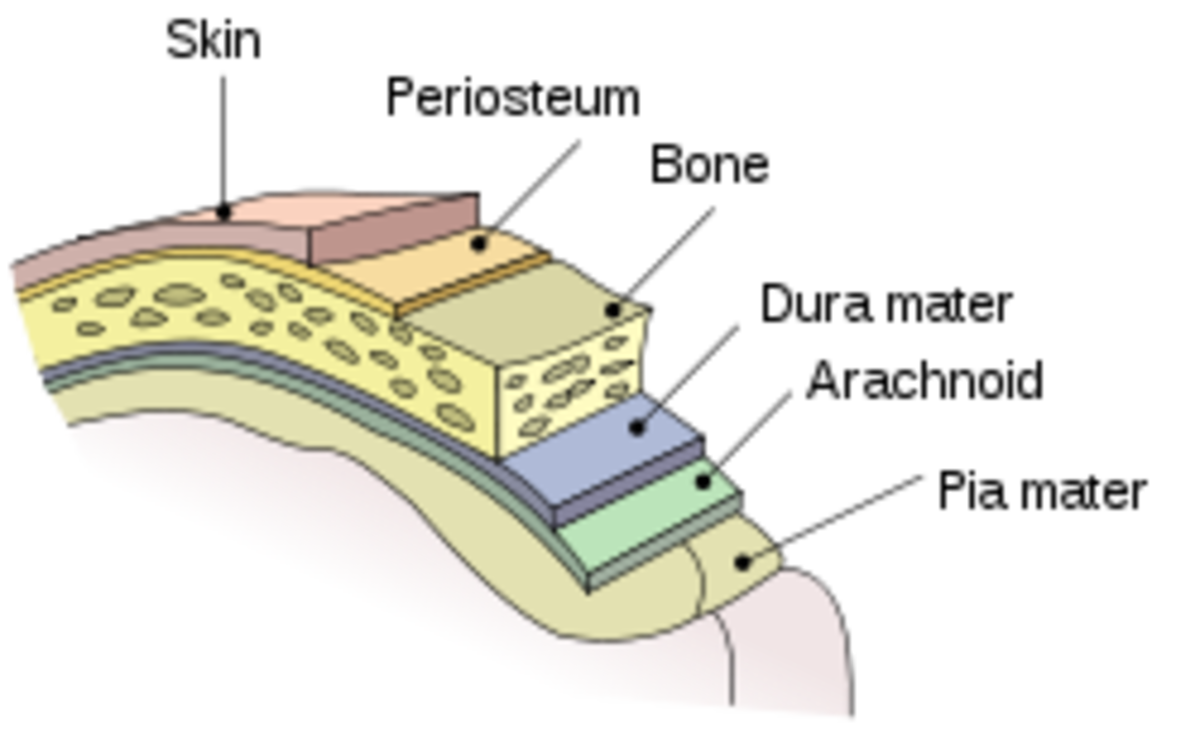Dangers of Inhalant Abuse
Some items of use..
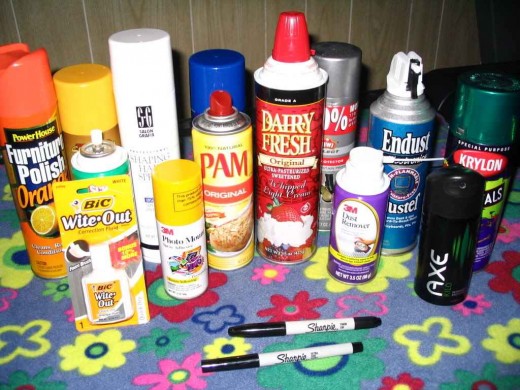
Inhalant Abuse
(I have lived with an ADULT inhalant abuser so this is close to home for me. If there are questions or if you would just like to talk about any of this please feel free to contact me.)
Inhalant use and abuse; although wide spread still has little known about it comparative to the knowledge professionals and civilians have regarding other substances. This reality means there are very few treatment facilities that are able to provide adequate treatment to this population of abusers. This population commonly includes adolescents from ages 12-17, but it can continue into adulthood.
Inhalants are breathable chemical vapors that users intentionally inhale because of the chemicals “mind-altering” effects (Abuse). By inhaling the chemicals they are rapidly absorbed through the lungs, into the bloodstream and quickly distributed to the brain and organs, and within minutes the user feels intoxication similar to that produced by alcohol (Alliance for Consumer Education, 2010). When inhaling the chemicals the user is starving their body of oxygen which can cause rapid heartbeat, distorted perception, lethargy, nausea and vomiting, slurred speech, loss of concentration, and/or wheezing(recoveryconnection.org). These effects can last 15-45 minutes after “sniffing;” therefore some users prolong the high be continuing to inhale repeatedly (Alliance for Consumer Education, 2010).
Chronic abuse of volatile solvents, such as toluene or naphthalene (mothballs) damages the protective sheath around certain nerve fibers in the brain and peripheral nervous system, similarly to that seen in neurological diseases like multiple sclerosis (National Institute on Drug Abuse). Prolonged abuse includes neurological syndromes reflecting damage to parts of the brain involved in controlling cognition; ranging from mild impairment to severe dementia, movement, vision, hearing, damage to cerebral cortex and cerebellum; resulting in personality change, memory impairment, and hallucinations. Oxygen carrying capacity of blood can be inhibited, fatal cardiac arrhythmia(heart failure), the kidneys ability to control the amount of acid in the blood may be impaired, fatty tissue gathering in the liver causes damage, lung damage, numbness, tingling, paralysis, and a chance of leukemia are all possible ramifications to use of these chemicals. First time users are equally at a risk of death, known as “sudden sniffing death.” Inhalants can cause death by asphyxiation, suffocation, convulsions or seizures, coma, choking and fatal injury (National Institute of Drug Abuse).
Some terms used for this abuse are huffing (soaked rag over the mouth and/or nose), sniffing, snorting, and bagging (breathing in fumes held in a plastic bag). Some equate the abuse of solvents to a childish fad, similar to experimenting with cigarettes. Evidence indicates inhalant abuse does not discriminate to socioeconomic levels of American youth despite what is recognized by parents and public (Serenity Lane, 2009), the common misconception could stem from the fact that inhalants are considered a “cheap high.”
The types of inhalants used are: paint thinners, degreasers, spray lubricants, gas, kerosene, nail polish and remover, felt tip markers, dry erase markers, model glue, rubber cement, butane lighters, propane, hair and deodorant sprays, room deodorizer spray, whipping cream, ether, vegetable cooking spray, nitrous oxide, fabric protector, spray paints and liquid incense many of which are found commonly in homes.
Some warning signs to watch for would be things like paint or stains on body or clothing, spots or sores around mouth, red or runny eyes and nose, chemical odor on breath, drunk or dazed appearance, loss of appetite, excitability and/or irritability (Recovery Connection, 2005-2011) hidden empty containers, in attentiveness, lack of coordination and depression.
Treatment for inhalant abuse is difficult and generic substance abuse treatment is not adequate due to the complexities and intensities of problems the abuser presents. Chronic abuse causes psychological and social problems which mean it is better to consider chronic abusers as having dual diagnosis of chemical dependency and mental illness. Some of the critical elements in treating volatile solvent abusers are medical exam, assessment of learning difficulties that may interfere with the treatment process or contribute to disruptive behavior, neurological or neuropsychological testing should be done early in treatment and followed up months later to assess any improvement, assessment of family stability, structure and dynamics, as well as exploring the peer group dynamics because typically for youth huffing occurs in groups. Treatment should include action therapies which involve hand-eye coordination and other multi-sensory recreation activities to assist with recovery as well as consideration to the minimal attention span and complexity of thinking which tend to be greatly reduced in early stages of treatment. The standard “28 day” treatment stay may not be significant for inhalant abusers due to the fact of inhalants being stored in the body for so long (ie: fatty tissue in liver) could make recovery take many months and intensive aftercare and follow up are essential (National Inhalant Prevention Coalition ).
BibliographyAbuse, N. I. (n.d.). Inhalants. Retrieved January 17, 2011, from NIDA, The Science of Drug Abuse and addiction: http://www.drugabuse.gov/drugpages/inhalants.html
Alliance for Consumer Education. (2010). What is Inhalant Abuse>Dangers. Retrieved January 19, 2011, from inhalant.org: http://www.inhalant.org/inhalant/dangers.php
National Inhalant Prevention Coalition . (n.d.). Inhalants. Retrieved January 18, 2011, from inhalants.org: http://www.inhalants.org/guidelines.htm
National Institute of Drug Abuse. (n.d.). Research Report Series Inhalant Abuse. Retrieved January 17, 2011, from NIDA, The Science of Drug Abuse and addiction: http://www.nida.nih.gov/ResearchReports/Inhalants/other.html
National Institute on Drug Abuse. (n.d.). What are the Other medical Consequences of Inhalant Abuse? Retrieved January 20, 2011, from NIDA, the science of Drug Abuse &Addiction: http://www.nida.nih.gov/ResearchReports/Inhalants/other.html
Recovery Connection. (2005-2011). Inhalant Abuse. Retrieved January 18, 2011, from Recoveryconnection: http://www.recoveryconnection.org/drug_index/inhalants.php
Serenity Lane. (2009). Inhalant Abuse. Retrieved January 17, 2011, from Serenity Lane: http://www.serenitylane.org/druginfo/inhalant_abuse.html




